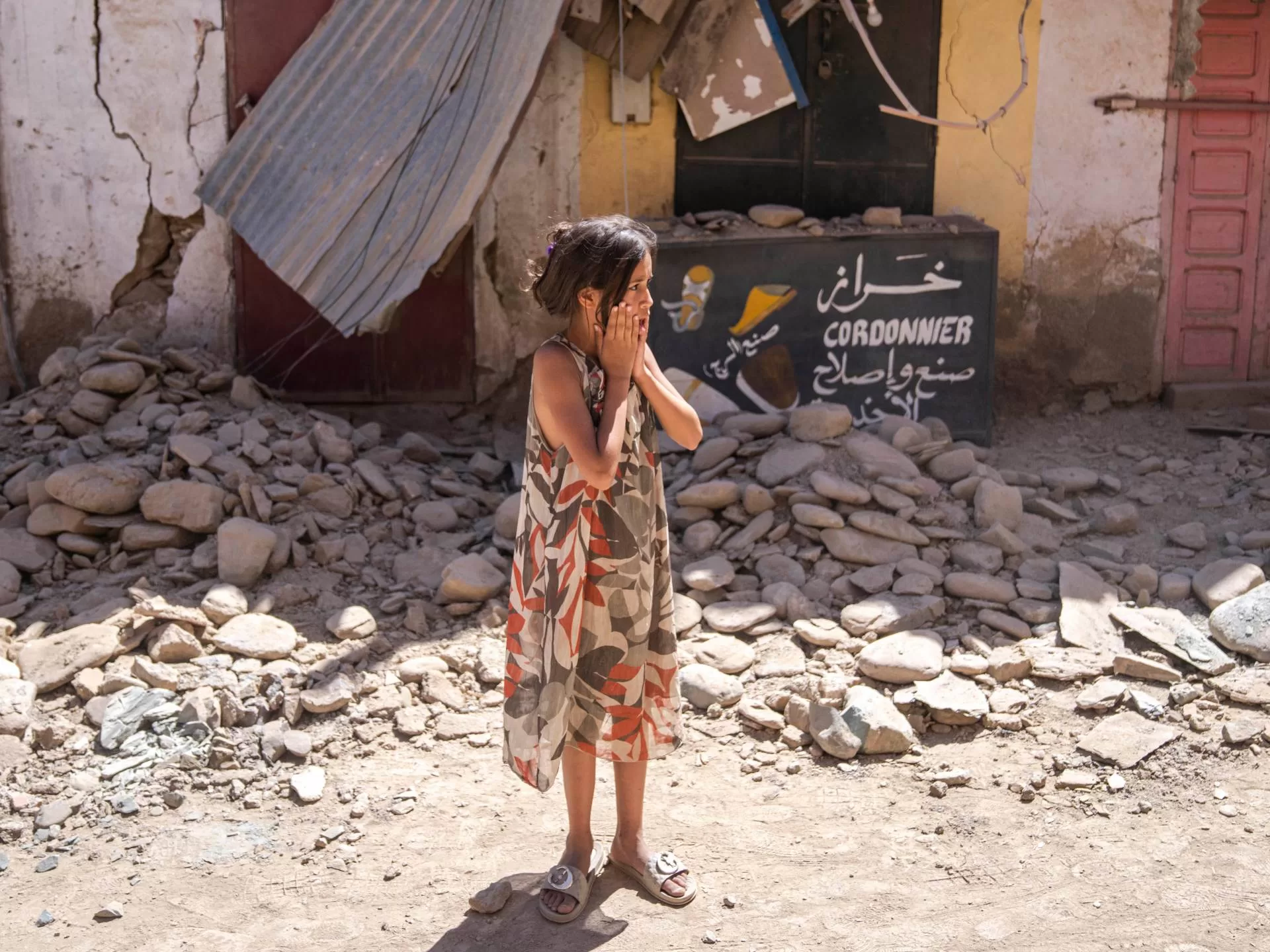But one critical priority stands out among the rest: to keep earthquake survivors alive, they need access to clean drinking water and proper sanitation services.
When large-scale earthquakes strike, they often cause wide-scale damage to water networks, sewage systems and basic hygiene infrastructure. Mud and debris can bury critical infrastructure, paralysing entire water systems for months.
The lack of these services increases the number of infections and drives up maternal mortality rates. It also fuels waterborne diseases like cholera, typhoid and diarrhoea, which rip through communities and kill children under five at a rate 20 times higher than war.
As the former United Nations special rapporteur on the human rights to clean water and sanitation, this is a case of déjà vu for me.
From Nepal to Haiti, and from Pakistan to Turkey and Syria, I’ve watched similar scenarios play out time and again.
In many of these crises, reports have emerged of earthquake survivors covered in grime, unable to shower and disinfect wounds. Toilets, when they exist, are often scarce in overcrowded emergency shelters. Without access to sanitation facilities, people have no other choice but to defecate outside. Women and girls are forced to manage their periods without privacy or access to sanitary products.
So what can we do?
First and foremost, humanitarian teams working in the parts of Morocco affected by the earthquake should act promptly to establish temporary latrines, deliver clean drinking water, and provide households with items like collection drums, filters and purification tablets. Hospitals should be equipped with portable handwashing stations, disinfectants and essential hygiene supplies.
Second, we need to take a look at our own communities and ensure that we are adequately prepared for any future earthquake. According to the US Geological Survey, we can expect 16 major earthquakes in the magnitude 7 range or greater on average each year. An estimated 62 percent of us live in countries with a significant seismic hazard.
Simply put, many if not most of us won’t be able to avoid earthquakes, but we can learn from previous mistakes.
That starts with making our countries as self-reliant and resilient to natural disasters as possible, which cuts down on critical wait periods from humanitarian teams and gives earthquake victims their best chance of survival.
We can also learn from countries around the world that are already investing in solutions. For example, following Japan’s devastating earthquake in 2011, the country’s Ministry of Health, Labour and Welfare made the renewal and seismic resistance of water infrastructure a top priority, installing ductile pipes that can withstand high impacts. In the United States, Los Angeles, which sits on a major fault line, has followed suit.
In New Zealand, learning from the sanitation challenges faced during the Christchurch earthquake in 2011, scientists, government officials and the Wellington water network have banded together to launch an emergency sanitation plan that anticipates a major wastewater system failure. The plan aims to make residences self-sufficient for seven days following a crisis until emergency teams can restore services. They’ve also begun piloting compostable toilets that can be deployed in a disaster.
Other good practices include installing earthquake-resilient water sources, when possible, at schools and community centres, which may serve as makeshift shelters in a disaster.
Ensuring that water and sanitation systems are earthquake-resilient should not be viewed as an extravagance but as a crucial investment in sustainable development. This is especially so since the cost of inaction is high and extensive crisis recovery can cripple economic growth. For reference, a 6.7 magnitude earthquake in 1994 cost Los Angeles $40m in repairs.
The UN High-level Experts and Leaders Panel on Water and Disasters has developed financing strategies to help governments proactively replace aging infrastructure.
Most importantly, governments need to act now to incorporate water, sanitation and hygiene into emergency response plans and long-term investment and planning. This starts by tapping into the expertise of utilities and regulators, exploring new technology and innovations from the private sector, pulling data and analysis on earthquake hazards from researchers, and partnering with NGOs on crisis strategies.
The earthquake in Morocco reminds us yet again of the urgent accountability governments have to citizens when it comes to upholding their human rights. We must give people the tools for survival, resilience and recovery.
We can begin with a drop of preparation.
The views expressed in this article are the author’s own and do not necessarily reflect Al Jazeera’s editorial stance.
